Flu season reveals need to fine-tune country's three-tier hospital system
Influenza and respiratory illnesses such as pneumonia have swept the country this winter, hitting residents in big cities such as Beijing and Shanghai.
While the spread of these illnesses has been uniform, where infected people have gone for treatment has seen huge variations. Images and stories of bigger and better-equipped hospitals overflowing with patients — with some waiting for hours to see a doctor — have been making headlines. Despite the strong demand for treatment, primary medical institutions, or community health service centers, were much less sought after.
China has a three-tier system for hospitals. Tertiary hospitals, which have the largest number of beds and provide comprehensive medical services, are at the top. Most county-level hospitals are classified as secondary, while the majority of grassroots community health centers are designated as primary and have fewer than 100 beds.
The strong preferences in hospital choices were clearly demonstrated recently in Shanghai. According to a report by Shanghai TV, on Dec 17 the number of child patients seeking emergency treatment at the Luding Road campus of Shanghai Children's Hospital, a tertiary hospital, was 1,539. However, on the same day at Putuo District People's Hospital, a secondary one, it was 301. At Changfeng Community Health Service Center, a primary medical institution, it was just one. All the medical institutions are located in Shanghai's Putuo district.
The issue of how to fine-tune the three-tier system triggered heated discussions among local lawmakers and political advisers in Shanghai last month during their annual plenary sessions.
"In winter in the future, when people no longer have to line up to see doctors and there are no more crowds in big hospitals, we will be able to say that the city's three-tier diagnosis and treatment system is complete," Zhang Wenhong, a national political adviser, said at the session.
In the early 2010s, the State Council, China's Cabinet, released several documents to accelerate the construction of the hierarchical diagnosis and treatment system in order to improve the efficiency of medical resources utilization and standardize medical treatment.
Under the three-tier system, community health service centers provide diagnosis and treatment of common diseases and routine examinations of residents. Regional medical centers, or secondary ones, provide further diagnosis and treatment, including for complicated and difficult cases. Comprehensive tertiary hospitals handle very complicated, difficult and rare cases, and also perform surgeries.
While delivering the Shanghai government work report at the sessions, Gong Zheng, mayor of Shanghai, said that the city will strive to make high-quality medical resources more available at the grassroots level, and continue to strengthen the capacity building of community health services this year.
Local legislators and political advisers made various suggestions with many focusing on how to make community centers more attractive choices for local residents.



















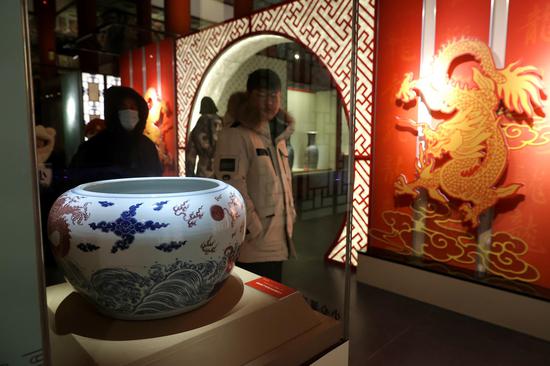



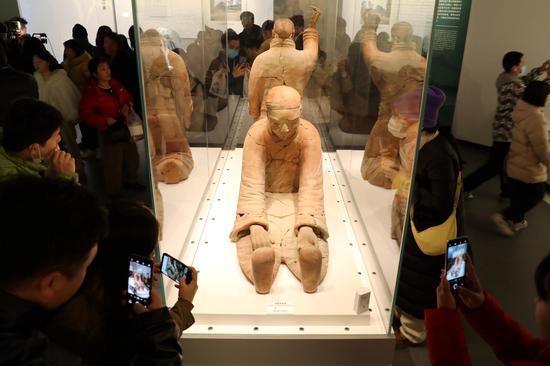









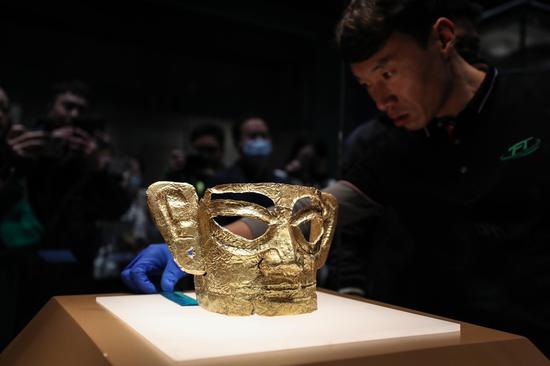




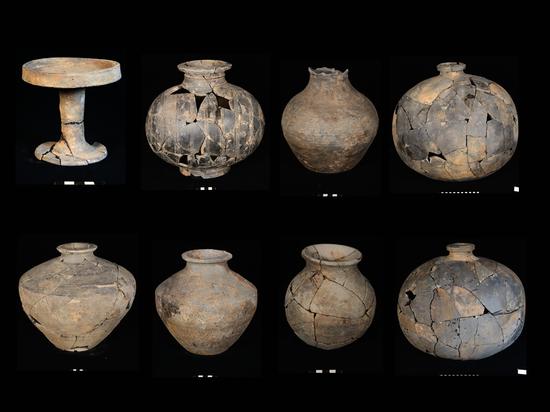





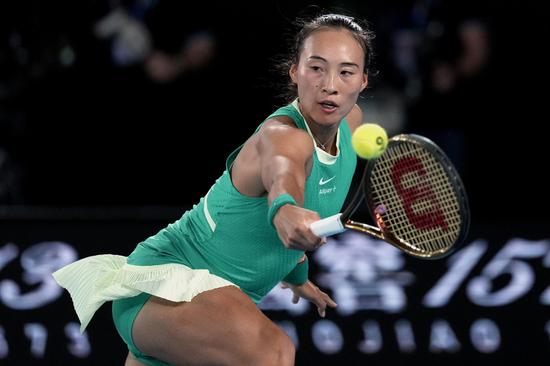





 京公网安备 11010202009201号
京公网安备 11010202009201号